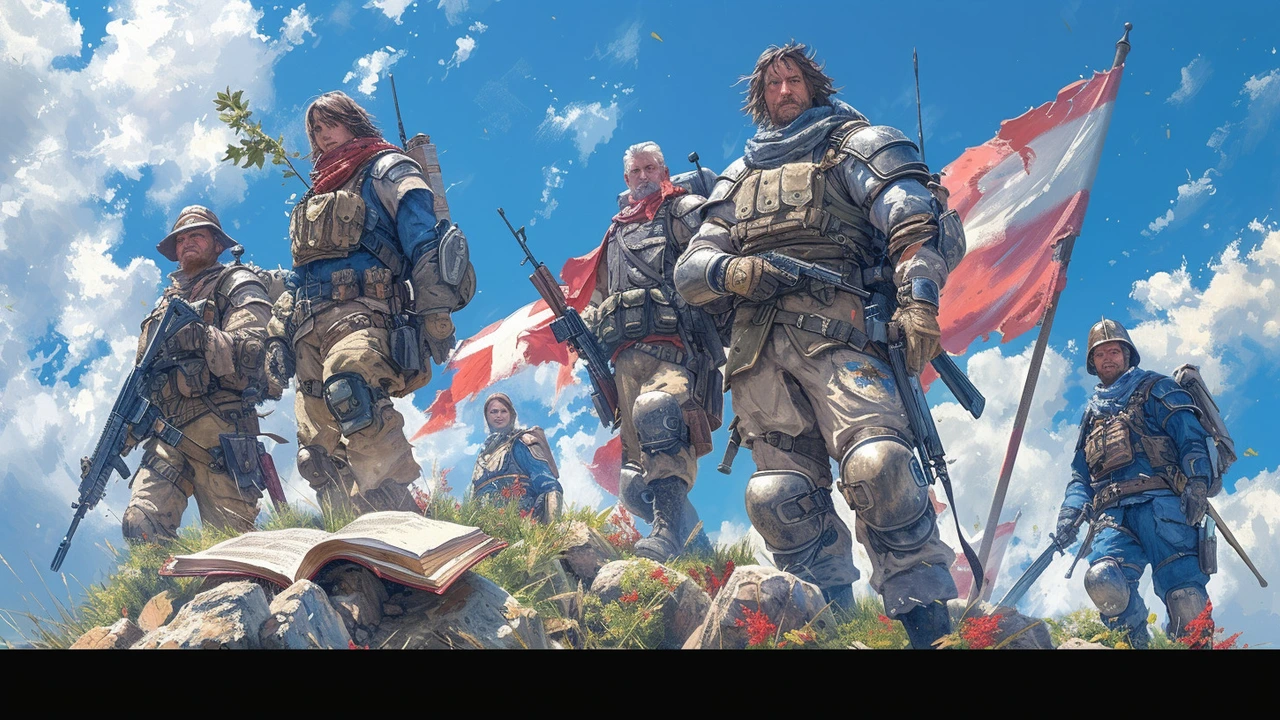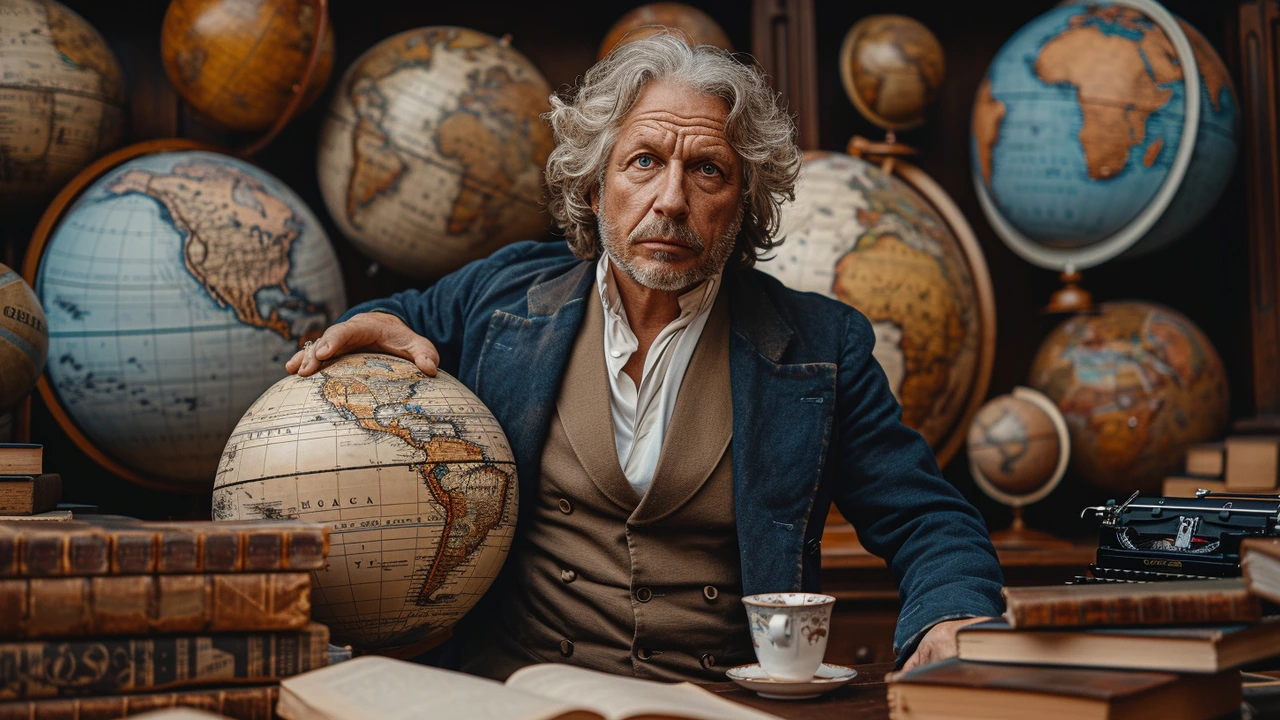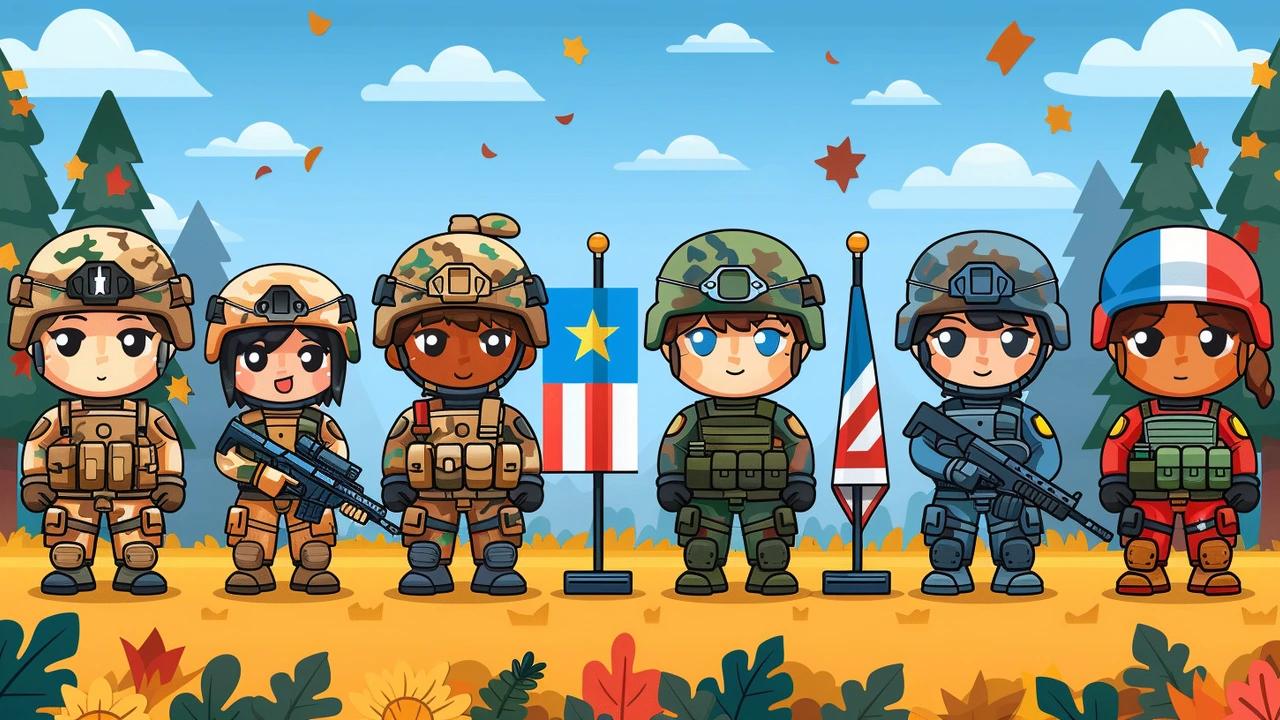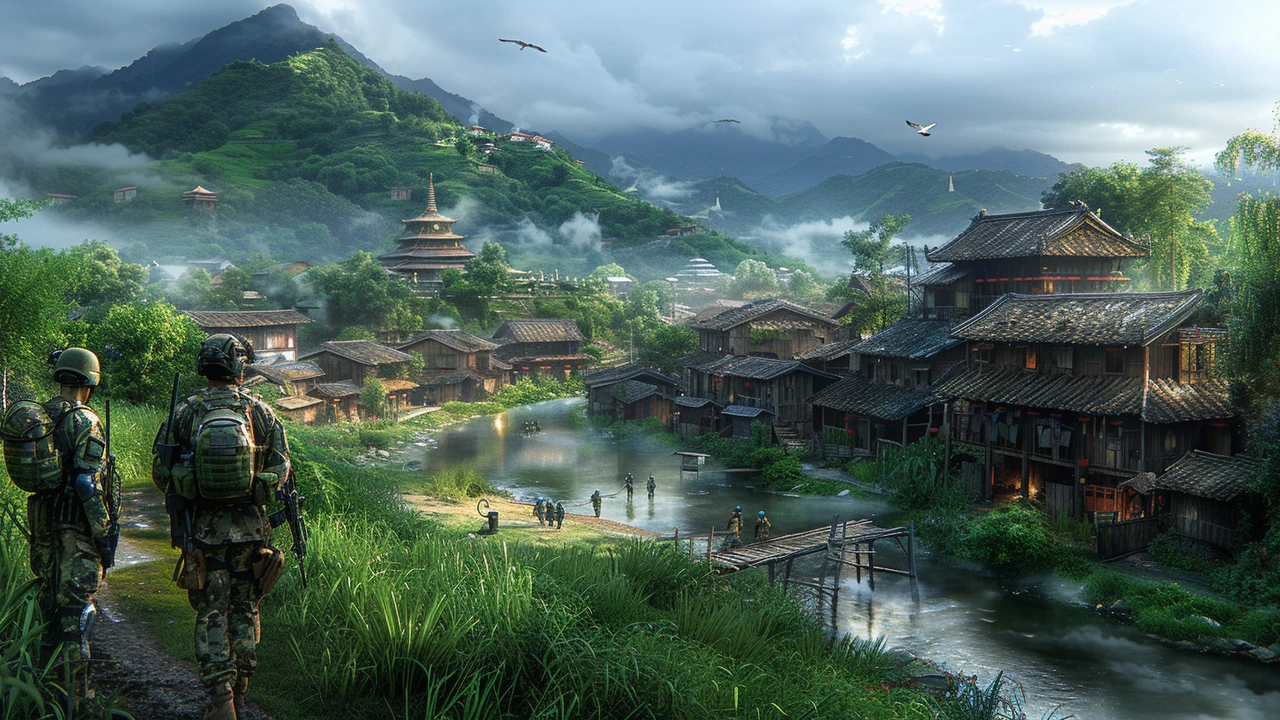Peacekeeping is one of the clearest tools we have for stabilizing countries after conflict. You probably picture blue helmets on patrol—and that matters—but stability is more than patrols. It’s hospitals reopening, kids back in school, local courts working, and displaced people returning home safely. This page collects practical stories and lessons from peacekeeping missions that actually move places toward steady life again.
Peacekeepers do four concrete things that reduce violence fast: protect civilians, support local security forces, help run fair elections, and enable humanitarian aid. For example, when peacekeepers secure a main road, aid trucks get through and markets restart. When they train police on human-rights-compliant methods, communities start trusting local institutions again. Those are simple cause-and-effect outcomes you can track.
Technology helps too. Better communications, satellite imagery, and simple early-warning systems let missions spot threats and act before violence spikes. Training and clear rules of engagement mean troops and police respond in ways that protect people rather than escalate conflicts. The combination of boots, tech, and local partnerships delivers stability that lasts beyond a single mission.
Stability doesn’t stick when politics get in the way. Weak mandates, limited funding, and competing interests among international backers create gaps. Local spoilers—armed groups or corrupt officials—exploit those gaps. Another problem is short-term thinking: missions that focus only on security without supporting courts, schools, or jobs leave communities vulnerable when foreign forces leave.
Training matters. Troops sent with poor language or cultural preparation can harm rather than help. So do unclear command lines. The most resilient missions combine well-trained troops, civilian experts, and clear political support from funders and host countries.
Want to spot real progress? Watch these indicators: falling civilian casualties, fewer incidents of large-scale displacement, functioning local services (health, education, justice), and credible local governance. Those signs often come before headlines change.
On the ground, community-focused projects move the needle. Small investments in local courts, school repairs, or police accountability programs rebuild public trust faster than grand promises. Peacekeepers who coordinate with NGOs and local leaders create practical wins that grow into broader stability.
If you care about global stability, here’s what you can do: follow credible reporting (like this hub), support NGOs working in post-conflict zones, and press policymakers to fund long-term, integrated missions—not short-term military fixes. Stability is a slow-building project, but clear, targeted actions make it real.
Explore the posts tagged "global stability" for mission case studies, lessons on community development, and practical ideas for supporting peacekeeping work where it counts.

Hey there, fellow peace enthusiasts! I have something important to share. Peacekeeping has a profound impact on global stability, a topic close to my heart, and that I have explored deeply in this post. Expect to uncover how these selfless actions are creating a harmonious world, reshaping the global political landscape, and fostering international relationships. As a quick peek into my latest blog post, we will journey together through the complexities and triumphs of the peacekeeping endeavor.

Hi there! In this post, I'm going to dig deeper into an essential aspect of global stability - peacekeeping. I will explore how this practice serves as a critical pillar of international security, making a significant impact on how nations interact. I'll also share nuggets that shed light on how peacekeeping is a testament to humanity's relentless pursuit of peaceful coexistence. Join me as I uncover the intricacies of this critical keystone in international relations.

Hi there, my latest article focuses on the vital role of peacekeeping in international relations. I take a deep dive into how peacekeeping helps maintain global stability and aids in resolving conflicts around the world. In short, peacekeeping is an essential tool for maintaining peace and safety on a global level. I believe it's an enlightening read for anyone interested in political science or international affairs. Hope you find it as fascinating as I did!

Delving into the world of international relations, I'm struck by the vital role that peacekeeping plays in maintaining global stability. It's astounding to appreciate its impact on preventing conflicts and facilitating peaceful resolutions. This post, ladies and gents, offers a deep dive into the significance of peacekeeping, shedding light on its fundamental elements, and revealing how it underpins global peace and security. Join me in exploring this fascinating topic, understanding a dimension which is so integral to our international harmony yet often overlooked.
